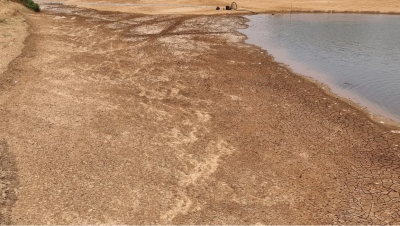East African Rainfall Decline Linked to Eurasian Warming
The scientific problem we tackle in this study is understanding the drying trend of the long rainy season in East Africa over recent decades. Our research reveals that this drying is connected to warming in Northwestern Eurasia, a region distant from Africa. As Northwestern Eurasia experiences warming, it alters wind patterns, resulting in reduced rainfall in East Africa. This occurs because the warming weakens the regional Hadley Cell, a large atmospheric circulation system that typically brings rain to East Africa. Our study highlights how climatic changes in one region can significantly impact weather patterns in distant areas.
This research uncovers why East Africa has experienced less rain during its long rainy season over recent decades. We find that warming in Northwestern Eurasia, a region far from Africa, is a key factor. This is the first study to highlight this specific connection. Our approach uses simulations produced by the Energy Exascale Earth System Model (E3SM) to show how warming in one area can affect weather in another, a concept known as "teleconnections." This discovery helps scientists better understand global climate patterns and advance sub-seasonal to seasonal prediction skills. Future research can explore how these findings apply to other regions.
In our research, we investigate the decline in East African March–April–May (MAM) rainfall, known as the "long rains," over recent decades. Through a combination of global model simulations and observational data, we identify a significant correlation between this precipitation decline and warming over Northwestern Eurasia. Our findings reveal that the warming of the Northwestern Eurasian landmass weakens the regional Hadley Cell, causing a diversion of moisture away from Eastern Africa towards Europe and southern Africa. This highlights the critical role of remote land-surface warming in driving the observed precipitation decline in East Africa.
Our study challenges previous assumptions that sea surface temperature (SST) variability was the primary driver of the East African droughts directly through modulation of Walker Circulations. Instead, we demonstrate that land-surface feedbacks, particularly from Northwestern Eurasia, play a pivotal role. This research underscores the importance of understanding teleconnections between regional climates and suggests that addressing the "East African climate paradox" may require a focus on land-surface processes and their interactions with atmospheric circulation. Our work provides a new perspective on the mechanisms behind East African rainfall variability and offers potential pathways for future climate modeling and prediction efforts.

